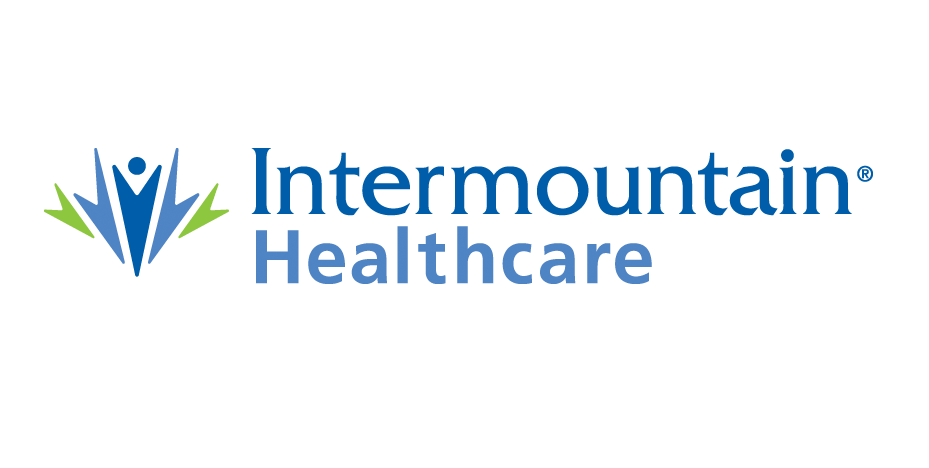Building a Culture of Diagnostic Quality
Intermountain Healthcare’s Story
The following is an interview with Mike Woodruff, MD, a practicing emergency physician and Senior Medical Director for the Office of Patient Experience at Intermountain Healthcare, and Julie Wright, RN, System Director of Clinical Risk Management in the Office of Patient Experience at Intermountain Healthcare. Intermountain Healthcare is a Utah-based not-for-profit system of 23 hospitals, 170 clinics, a Medical Group with close to 2,300 employed physicians and advanced practice clinicians, a health plans group under the name SelectHealth, and other medical services. The system spans all of Utah and parts of Idaho. Intermountain joined the Coalition to Improve Diagnosis in September 2016.
Tell us a little bit about Intermountain and the diagnostic barriers your organization chose to tackle.
“Intermountain has worked to improve diagnostic quality for many years, but our recent reorganization and system-wide realignment gives us an opportunity to take a big leap forward,” said Mike Woodruff, MD.
“We decided to take the formerly separate and siloed activities of patient safety, quality, and experience and bring them together under our Office of Patient Experience,” said Julie Wright, RN. “Now we not only track errors, but we can see a more complete and patient-centered picture of diagnostic safety at Intermountain. It helps us seamlessly implement system-wide changes to improve the health, safety, and experience of our patients.”
Have you developed any new tools, products, or initiatives under the Office of Patient Experience to engage providers or patients in safety?
“Our team recently revisited its patient safety program, Zero Harm, to more closely tie the high reliability concepts of situational awareness, teamwork, and collective mindfulness directly to the ability to make an accurate diagnosis,” said Woodruff. “It encourages physicians and caregivers to spend more time listening, questioning their own diagnosis, and being especially mindful during patient hand-offs because that’s often a place where information is dropped.”
They also started a diagnostic safety discussion group, comprised of about 200 of Intermountain’s clinical leaders, to review and discuss diagnostic challenges through the lens of recent safety events.
“During one call, the discussion naturally came to the fact that active listening is often a serious gap in patient safety events: patients tell us what the problem is, but we have barriers to listening effectively,” said Woodruff. “It’s nice to hear clinicians engaging thoughtfully in the discussion, and we think these conversations will be an effective tool to improve overall diagnostic safety.”
“Plus, the discussions are multidisciplinary. We have as many nurses and pharmacists join the calls as we do clinicians who do the diagnostic work,” said Wright. “We need those multifaceted viewpoints to build a culture of diagnostic safety throughout our system.”
Additionally, the Office of Patient Experience team took steps to incorporate the patient voice into its teaching activities.
“I teach a class for new ER nurses, and I’ve started inviting patients to attend and share their misdiagnosis experiences,” said Woodruff. “It’s powerful for these new nurses to hear a patient describe their sense of fear and helplessness when the care team didn’t listen. We think that this way of teaching encourages empathy and reminds the caregivers to include the patient on the diagnostic team.”
What advice might you give to other Coalition members with interest in similar initiatives?
“When I think broadly about diagnostic safety, I think about how medicine has become, at times, task-oriented and transactional. There is a huge volume of work that clinicians do that’s not directly related to being present with patients,” said Woodruff. “So it’s critical that we simplify our processes to give providers more time with patients to authentically listen and accurately diagnose. This must be a focus of all of our improvement efforts.”
Woodruff and Wright both caution against adding any more tasks to providers’ to-do lists. “Think hard about how the weight of another initiative impacts clinicians on the frontline,” said Woodruff. “Our goal is to take things off their plates so that they can spend more time listening to and communicating with the patient—that’s a key to improving diagnosis.”
“And don’t forget the patients in this work,” said Wright. “They’re valuable members of our teams, and we cannot fix the issue of diagnostic safety without their help.”
What does the future of this work look like for Intermountain?
“We’ve had success in continually decreasing our serious safety event rate, but it would be hard to attribute that to any one activity.” said Woodruff. “We are on a journey of high reliability, and our main focus is on sustaining and improving our culture of safety—that’s an effort that never ends.”
“One of the reasons we joined the Coalition to Improve Diagnosis is because we recognize that this work is complex,” said Woodruff. “We realized a lot of organizations are passionate about this, and being part of the Coalition is an opportunity to learn from each other to move this work forward.”
Resources
To learn more from Woodruff and Wright, listen to their interview about risk management from Intermountain Healthcare’s podcast.

Get ACT Update Delivered to Your Inbox
Want to see more content like this? Stay informed on that latest activities from members of the Coalition to Improve Diagnosis. Sign up for the ACT Update Newsletter.
